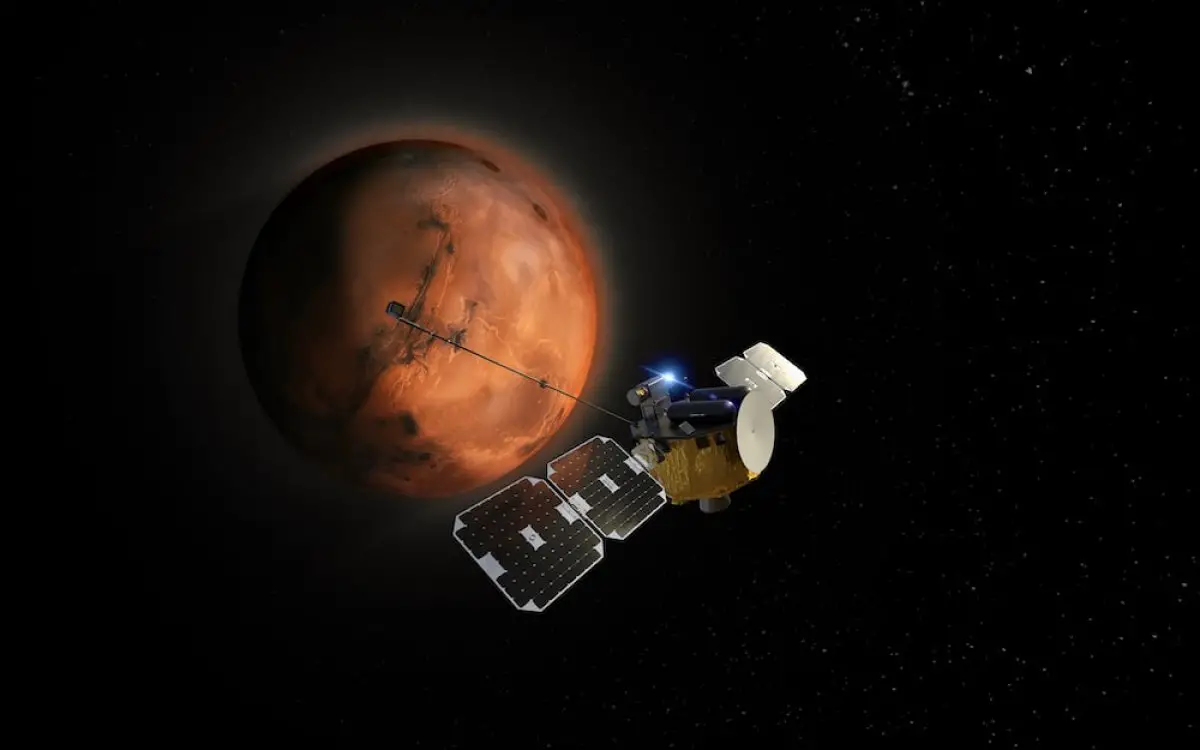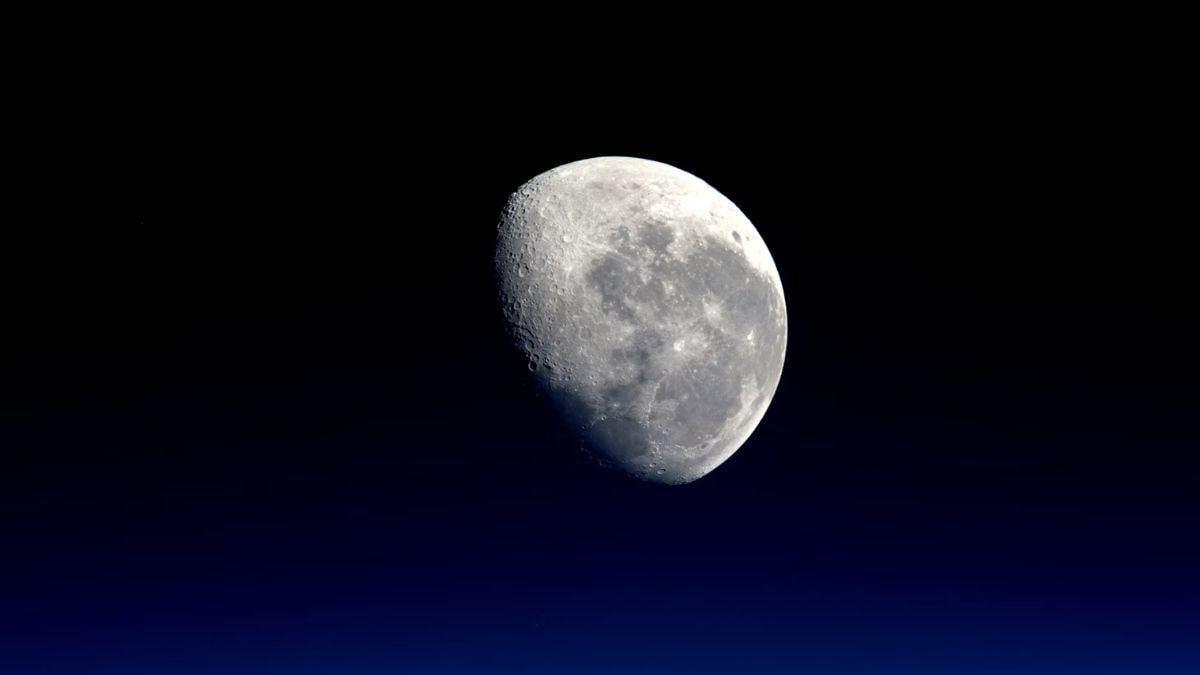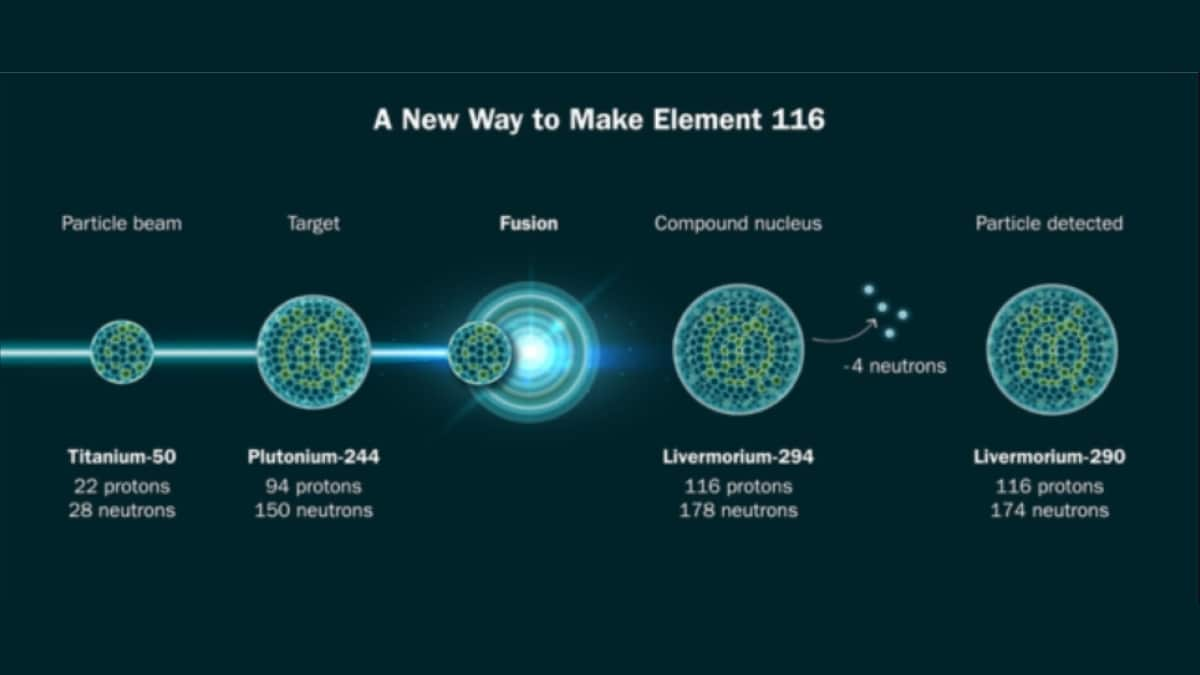A pair of Rocket Lab-made spacecraft are about to embark on a two-step journey. The first step is the 55-hour, 2,500-mile stretch from California to the launch site at Cape Canaveral. The second step? Just 11 months and 230 million miles to Mars.
The objective of the Escape and Plasma Acceleration and Dynamics Explorers (ESCAPADE) mission is to study the interaction between solar winds and the Martian atmosphere. The University of California, Berkeley’s Space Sciences Laboratory (SSL) developed the scientific payloads for the mission, but the satellite bus — the actual platform that will travel through space and host those payloads in an orbit around Mars — is all Rocket Lab. The mission is currently set to launch no earlier than October on the first launch of Blue Origin’s New Glenn rocket, according to NASA.
While the company is best known for its Electron rocket, which is second only to SpaceX’s Falcon 9 in terms of launch numbers, the majority of its revenue actually comes from building and selling spacecraft and spacecraft components. With ESCAPADE, Rocket Lab is looking to show both the space agency and the world that it can produce extremely high-performance spacecraft that are capable of journeying throughout the solar system.
The company proved itself once when it built the satellite bus for NASA’s Cislunar Autonomous Positioning System Technology Operations and Navigation Experiment (CAPSTONE) mission to the moon in 2022. That spacecraft took a nearly five-month sojourn into deep space before entering lunar orbit. But getting to Mars takes significantly longer — and historically, it’s also been very, very expensive. Two recent missions that sent orbiters around the Red Planet, the Mars Reconnaissance Orbiter in 2005 and MAVEN in 2013, each cost NASA over a half billion dollars.
So in 2019, the space agency established the Small Innovative Missions for Planetary Exploration (SIMPLEx) program to fund small spacecraft missions into deep space. Like other NASA programs established in recent years, it’s also an effort on the part of the agency to embrace risk. Instead of spending $550 million on a mission into deep space, NASA set a goal to spend just one-tenth of that and gave each SIMPLEx mission a $55 million price cap, excluding launch. ESCAPADE is one of three missions the agency selected under the SIMPLEx program, and in all likelihood, the first that will actually launch.
Those funds went to the principal investigator for the mission, SSL, who contracted Rocket Lab for the two satellite buses. Rocket Lab isn’t saying how much of that $55 million went to them, but the lead systems engineer for ESCAPADE, Christophe Mandy, said the company was “two orders of magnitude cheaper than anything else.”
The spacecraft, named Blue and Gold, are based on Rocket Lab’s Explorer platform (which gained flight heritage during CAPSTONE), known for its high delta-v capabilities to support missions of this kind. One of the biggest challenges for the Rocket Lab engineers was designing a spacecraft that can get from Earth orbit all the way to Mars; for that reason, the ESCAPADE spacecraft are about 70% fuel by mass. That fuel will make the spacecraft capable of about 3 kilometers per second of delta-v, or change in velocity, which is very high for a satellite of this size.
The other big challenge is that Rocket Lab didn’t know the launch provider until relatively late into the design process, when NASA selected New Glenn in February 2023. This unknown affected what are called the “driving constraints” for the spacecraft, or the factors that shape the engineer’s design decisions.
“Almost every single spacecraft I’ve ever seen has had launch vehicle as a driving constraint, but because we didn’t know what the launch vehicle was going to be, we did that differently,” Mandy said. “So we made an enormous amount of effort to make it so that the launch vehicle was not [a] driving constraint, which is just very unusual.”
Instead, Rocket Lab engineers ended up basing much of the spacecraft design on another variable: the maximum amount of mass the spacecraft can take through a critical maneuver called the Mars orbital insertion (MOI), which is the maneuver the spacecraft will perform in deep space to enter Martian orbit.
“So the amount of mass we have on the system is driven by physics, rather than by something man-made, like the launch vehicle,” Mandy said. But once the launch vehicle was selected, “we didn’t have to do the redesign, because our design was driven by other requirements.”
These constraints helped push engineers to innovate. Instead of a box, the two spacecraft are basically “tank sandwiches,” as Mandy called them, with two decks connected by struts, with the fuel tanks in the middle. Typically, the primary structure of a satellite accounts for around 20-22% of its total mass; on ESCAPADE, thanks to the sandwich design, that number is just 12%.
These changes have escalating effects, Mandy said: Less mass in the primary structure means less fuel for that, which means a different tank size, and so on. Engineers also designed the spacecraft so that all the components that tend to get hot, like the flight computer and the radio, are near the one deck of the spacecraft, while all the components that have a tendency to get cold, like the propulsion system, are near the other. These changes mean that the spacecraft will need less power, smaller solar panels, fewer heaters, and many other effects.
After launch, the spacecraft will spend 11 months traveling to Mars before performing that critical MOI burn. But the sun will be between Earth and Mars when the spacecraft are expected to perform the burn, making timely communication with them impossible. Rocket Lab engineers will have to wait another three months or so before sending a command to the spacecraft to start circularizing its orbit. Then the spacecraft will collect and transmit scientific data back to Earth for around 11 months.
Mandy declined to say the exact launch window for the mission, saying that it’s up to Blue Origin to determine, but he did say that now is the peak of efficiency for the spacecraft’s travel, and that window extends “through several months after the peak.” If Blue Origin misses the window, the two companies and NASA will have to wait another 26 months until the ESCAPADE spacecraft can start unlocking the secrets of Mars.










